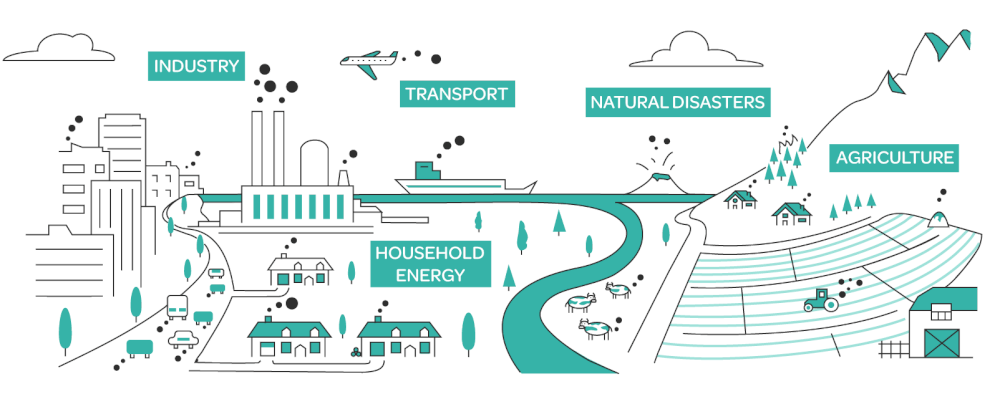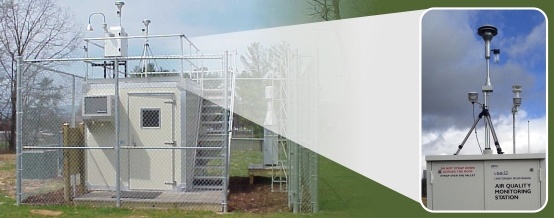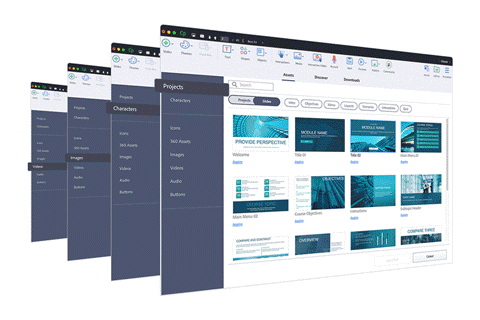Atmospheric Pollution Control AM216021 Current Open for UCT
Topic outline
-
General information
 This course provides fundamental knowledge in the nature of atmospheric pollution, relative types, correlated effects, control principles and applications.
This course provides fundamental knowledge in the nature of atmospheric pollution, relative types, correlated effects, control principles and applications.
The interactive video conferencing-based tools are available in Microsoft Teams and Zoom Video Communications (screen share interactive face-to-face learning).


-
Extra information associated with a particular point in a document or other piece of information
-
Contact, profile, and consultancy tools with the professor
-
General principles, pedagogy and management strategies used for classroom instruction
-
Types and grades of qualification suggested to follow the course
-
Resources used in teaching and learning to help achieve desired studying objectives
-
The amount of working time expected or assigned students
-
General endpoints of knowledge and understanding after the study
-
Function indicates that the study should completed with substantially quality and credit
-
Assessment by lecturer of all aspects of the learning experience
-
Recommended textbooks, reference books, workbooks and handbooks
-

An informal gathering where current students can learn all about
(designed openly for enrolled participants)
-
-
-
Lecture 04 Ambient air quality monitoring Fieldtrip 01 Lesson

Key issues:
- Measurement consideration:
- Rationale, classification, variation
- Techniques, equipment, calibration, reference methods
- Air quality monitoring
- Types, range, schemes
- Gas analysis, principles, methods, analyzers
- Particulates sampling and measurements
- Central laboratory of air quality
- Practical site selection, data handling
- Modelling and expertise tool
- Measurement consideration:
-
Module 04 Ambient air measurement consideration, principles and techniques File PDF
(Supporting handouts for Lecture 04, printable pdf format, A4 size, landscape layout)
3.5 MB -
Shared media: examples of air quality monitoring at the station & global network Page

Illustrative video clips:
- Inside the station: the instruments, what they measure, and how they work
- Gas chromatography using FID and MS at the school laboratory
- Airborne flying laboratory to monitor air quality from space
- A global effort to monitor air quality: geostationary satellites
-
Relevant link / literature URL
Ambient Monitoring Technology Information Center (AMTIC)

-
Individual presentation 04 Workshop

Title 04: Air quality sampling and analysis
-
Practical exercise series / Topics 9 and 10 Assignment

Topic 09. Emission & transport in the atmosphere in real-time condition, 4pts
(a. 1pt / b. 1pt / c. 1pt / d. 1pt)
Topic 10. Averaging mass concentration, 3pts
(a. 2pts / b. 1pt)
-
